Table of Contents
Solving Car AC Smelling Bad and Not Working in a Mercedes-Benz W222 S500
A car AC smelling bad and failing to cool properly can ruin the comfort of even the most luxurious vehicles. For Mercedes-Benz owners, this problem is particularly concerning because advanced climate control systems, such as the THERMOTRONIC automatic climate control in the S-Class W222, are designed to provide quiet, efficient, and odor-free cooling.
In this article, we explore a real-world case study involving a Mercedes Benz W222 S500 with a customer complaint: “Car AC smelling bad and not working.” Through step-by-step diagnostics, we identified the cause a leaking rear AC evaporator and successfully resolved the issue. We’ll also cover maintenance tips, quick reference tables, and FAQs to help you troubleshoot and prevent similar AC problems.

Vehicle Overview
- – Model: Mercedes-Benz S-Class W222 S500
- – System: THERMOTRONIC Automatic Climate Control
- – Unique Feature: Dual-zone and rear-zone climate control for ultimate passenger comfort
Customer Complaint: Car AC Smelling Bad
The customer reported two issues:
- 1. The air conditioning system was not cooling properly.
- 2. A bad odor was coming from the AC vents, particularly noticeable when the system was switched on.
Both issues significantly impacted cabin comfort, prompting immediate inspection.
Diagnostic Process
1. Initial Scan with XENTRY
- – Action: Connected Xentry diagnostic tool to check for fault codes.
- – Finding: No fault codes stored in the AC control unit.
- – Interpretation: The problem was likely mechanical or pressure-related, not electronic.
2. Checking Actual Values
- – Action: Measured circuit pressure values.
- – Finding: Pressure was below specification, indicating low refrigerant.
- – Interpretation: Possible refrigerant leak in the AC system.
3. Leak Test
- – Action: Performed an AC leak detection test.
- – Finding: Leak detected at the rear AC evaporator.
- – Interpretation: This explained both the loss of cooling and the unpleasant smell, as refrigerant mixed with oil and moisture can create odors.
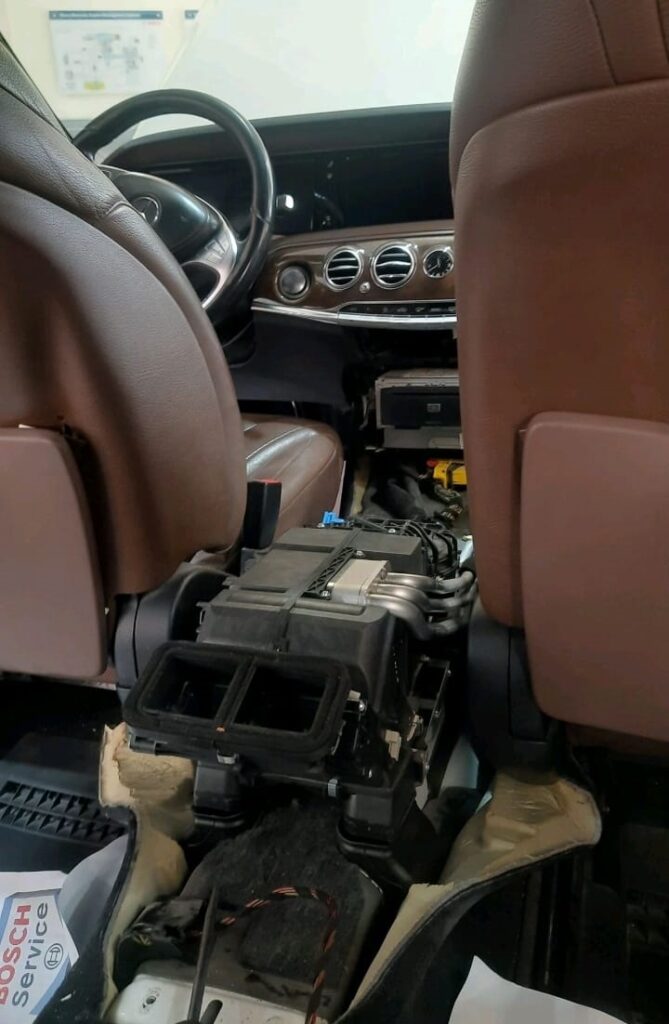
Repair Process
1. Accessing the Rear AC Evaporator
- – Action: Removed the center console and interior panels to access the evaporator.
- – Challenge: This process requires careful disassembly to avoid damage to electrical and trim components.
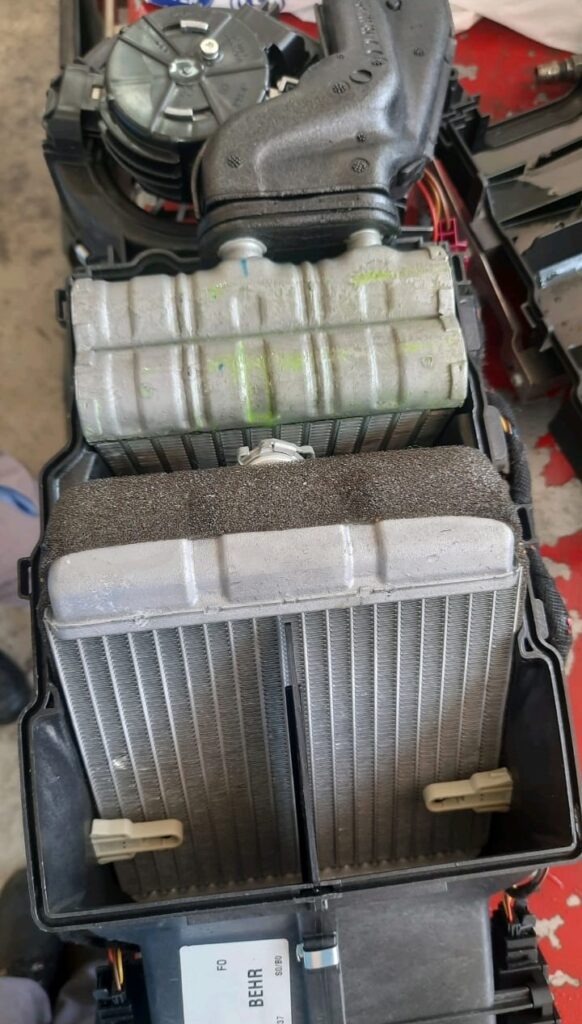
2. Replacing the Evaporator
- – Action: Installed a new rear AC evaporator.
- – Importance: Proper fit and sealing were critical to prevent future leaks and odors.

3. Refilling and Leak Testing
- – Action: Refilled system with refrigerant according to Mercedes specifications.
- – Verification: Performed another leak test under pressure.
- – Finding: Circuit pressure stable; no leaks detected.
4. Final Performance Test
- – Action: Ran the AC system at different fan speeds and temperatures.
- – Result:
- => Cold air delivered consistently.
- => No bad odor from vents.
- => System values within manufacturer’s parameters.
Root Cause
The rear AC evaporator leak caused:
- – Loss of refrigerant, leading to poor cooling.
- – Bad odor, due to oil, refrigerant traces, and moisture buildup inside the evaporator core.
Results and Customer Outcome
- – The AC system was fully restored.
- – The bad smell was eliminated.
- – Cooling performance matched factory standards.
- – Customer left with a comfortable and odor-free Mercedes-Benz cabin.
Explore More Mercedes AC and Climate Control Issues
For a deeper dive into all AC-related issues, visit our hub page: Mercedes AC and Climate Control Problems – Complete Troubleshooting Guide. You’ll find grouped case studies, step-by-step diagnostics, and prevention tips.
Quick Reference Table – Diagnostic Summary
| Step | Action Taken | Finding | Result |
|---|---|---|---|
| Fault code scan | Xentry diagnostic test | No fault codes | Needed manual inspection |
| Pressure test | Checked AC actual values | Low circuit pressure | Leak suspected |
| Leak detection | Performed leak test | Rear evaporator leaking | Root cause identified |
| Repair | Replaced evaporator | New OEM part installed | Leak resolved |
| Recharge & test | Refilled refrigerant & checked | System stable | AC restored |
Preventative Tips for Mercedes AC Systems
| Preventive Task | Recommended Interval | Benefit |
|---|---|---|
| AC leak inspection | Every 2 years | Detects refrigerant leaks early |
| Cabin filter replacement | Every 12 months | Prevents odors & improves airflow |
| Professional AC cleaning | Every 2 years | Stops mold and bacteria growth |
| Run AC regularly | Weekly, even in winter | Keeps seals lubricated & prevents leaks |
Rear AC Systems: Why They Matter
Luxury sedans like the Mercedes S-Class feature rear air conditioning systems for passenger comfort. These rear systems often include independent evaporators, which:
- – Deliver consistent cooling to rear seats.
- – Allow passengers to control their climate settings.
- – Are more prone to hidden leaks since they are harder to access.
In this case, the rear evaporator was the hidden cause of both poor cooling and bad smell.
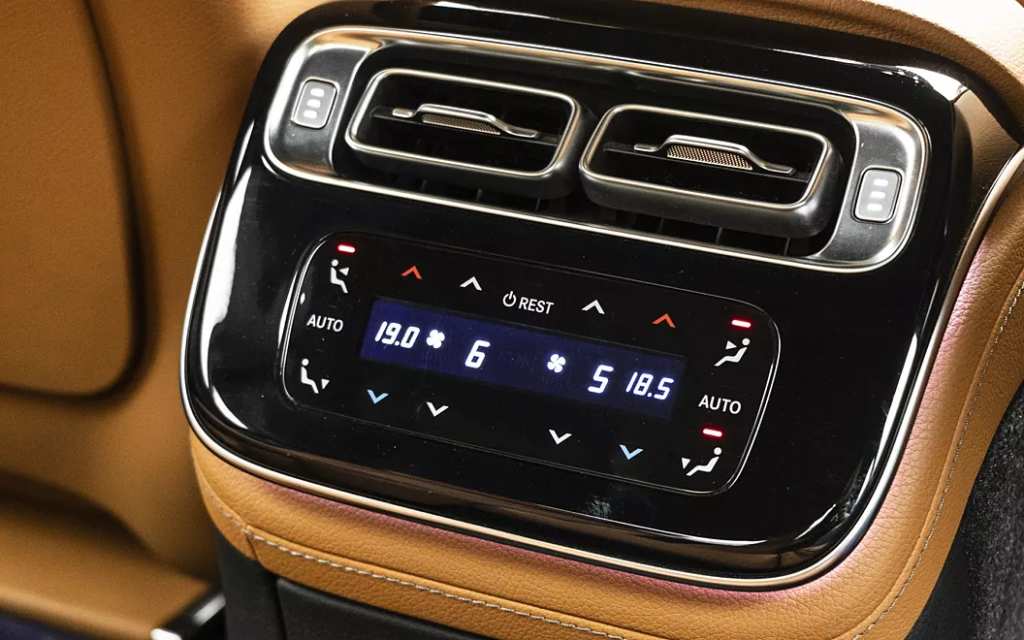
Conclusion
This Mercedes-Benz W222 S500 case study demonstrates how a rear evaporator leak caused the complaint “Car AC smelling bad and not working.”
By following a systematic process scanning, checking pressures, leak detection, and component replacement the problem was solved completely.
For owners, the key lesson is that AC odors and poor cooling are often linked to hidden leaks. Preventive maintenance like regular inspections, cabin filter changes, and AC cleaning can help avoid costly repairs and keep your Mercedes cabin fresh and cool.
Author
Written by: Mercedes Expert
Automotive Technical Trainer & Mercedes-Benz Diagnostic Specialist
With years of hands-on experience repairing and diagnosing Mercedes-Benz vehicles, specializes in case-study-based troubleshooting guides that blend workshop accuracy with educational clarity.
Last Updated: August 2025

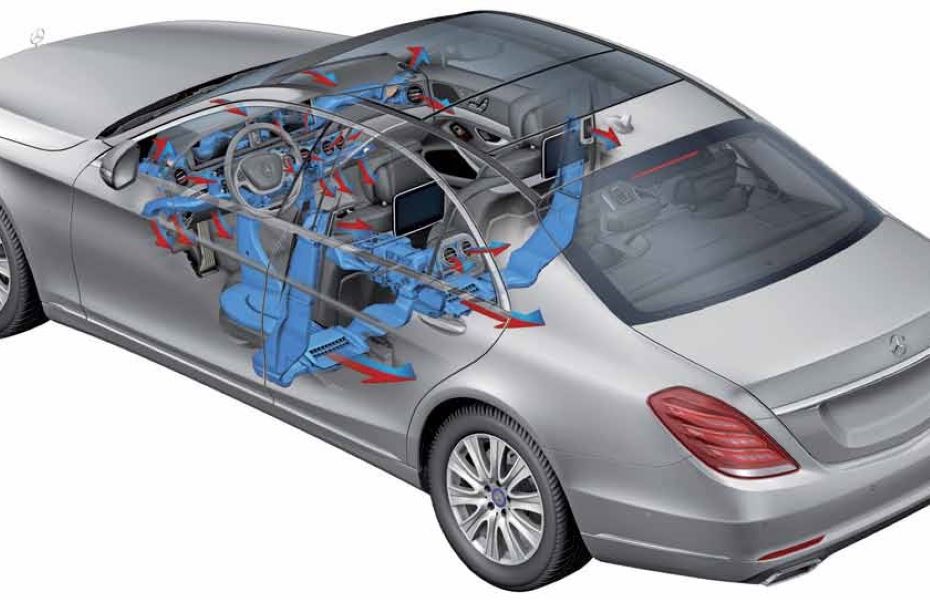


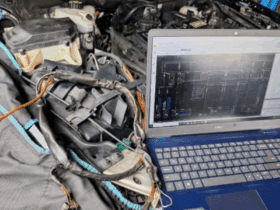
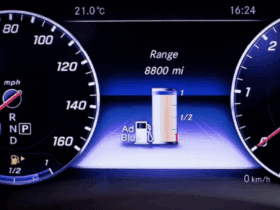
Leave a Reply